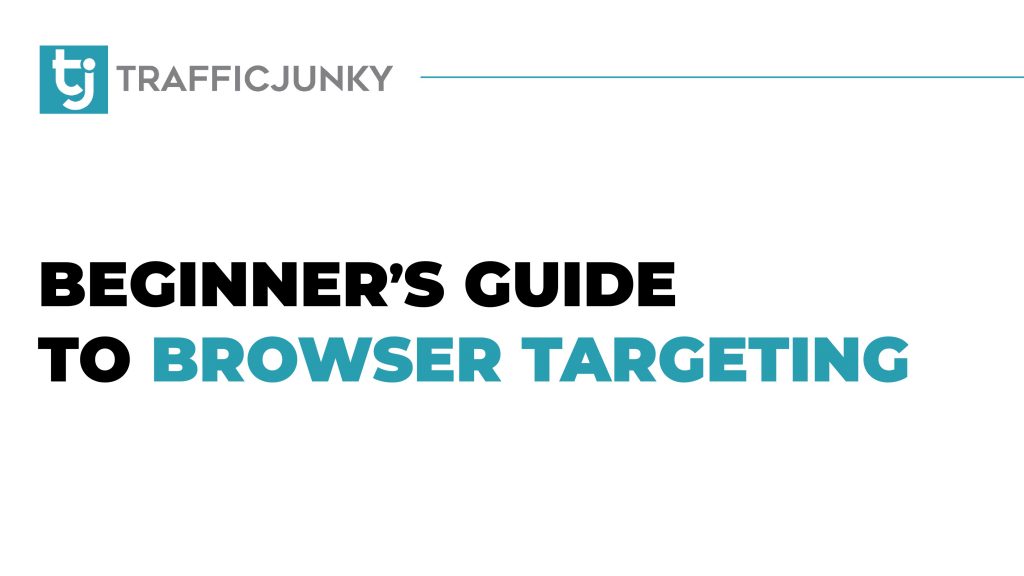
In today’s age, creating effective digital ad campaigns requires more than crafting compelling content and visuals.
Each web browser has its unique characteristics, rendering capabilities, and user demographics, making browser targeting a crucial aspect of your campaign strategy. In this article, we’ll explore the factors that demonstrate the importance of browser targeting in campaign creation and how it can help maximize your campaign’s effectiveness.
- Capability and Performance: Different browsers may interpret HTML, CSS, and JavaScript differently. By targeting specific browsers, you can ensure that your ads are displayed correctly and perform optimally for each user, leading to a better user experience.
- User Behaviour and Demographics: Browser preferences often vary among different user demographics. Browser targeting allows you to reach the right audience with the right message.
- Security and Privacy: Browsers differ in their approaches to security and privacy features. Understanding these differences enables you to align your ad campaigns with users’ preferences, building trust and credibility.
Now that we’ve established the importance of browser targeting let’s dive into how you can effectively implement it in your digital ad campaigns:
- Audience Segmentation: Segment your audience by analyzing your website’s analytics and user data to identify browser preferences and behaviors. This will allow you to tailor your campaigns to your target audiences.
- Browser Compatibility Testing: Ensure that your ad creatives, landing pages, and website are fully compatible with the browsers you intend to target. Conduct thorough testing to identify and address any rendering issues, broken scripts, or layout problems.
- Optimize Landing Pages: Tailor your landing pages to be compatible with the browser you are targeting. Utilize responsive design and consider technical factors – such as page load times – that might affect your conversions
- Monitoring and Optimization: Monitor the performance of your campaigns across different browsers. Use analytics tools to track key metrics like CTR, conversion rates, and bounce rates for each browser segment. Based on the data, optimize your campaigns to improve results continually.
Incorporating browser targeting into your digital ad campaign creation process requires careful planning, testing, and ongoing optimization. However, the effort is well worth it as it allows you to deliver your campaigns to the browsers your target audience uses most. Take advantage of TrafficJunky’s Browser Targeting feature to connect with your audience on a more personal level and deliver a seamless user experience that can lead to higher conversions and greater ROIs.



